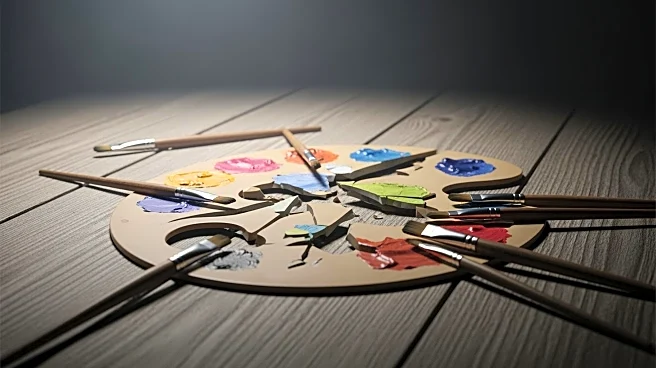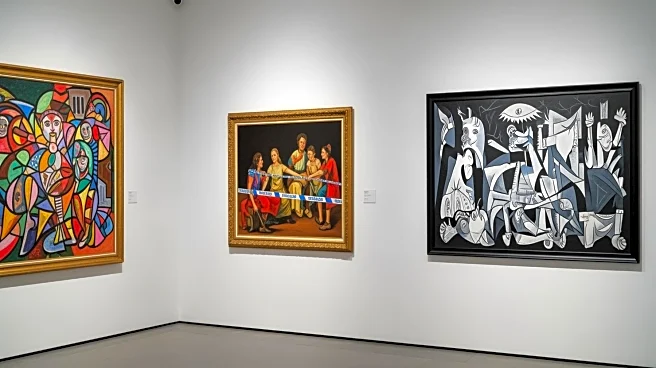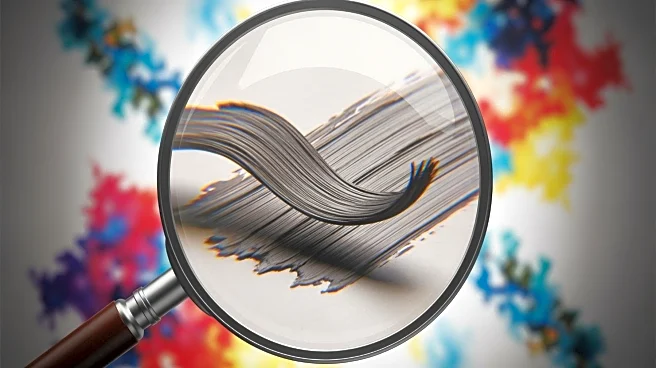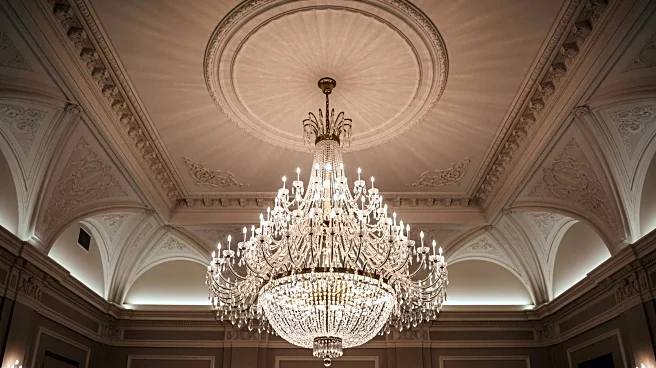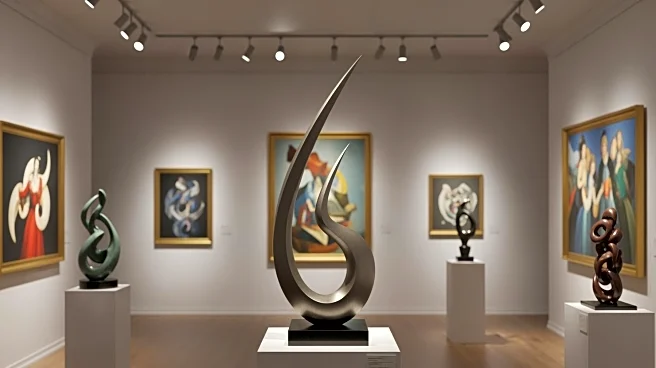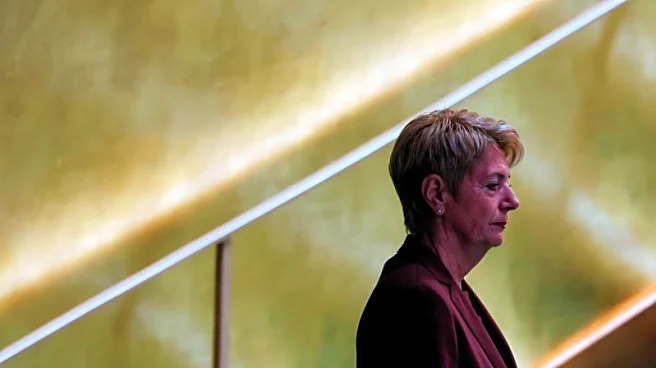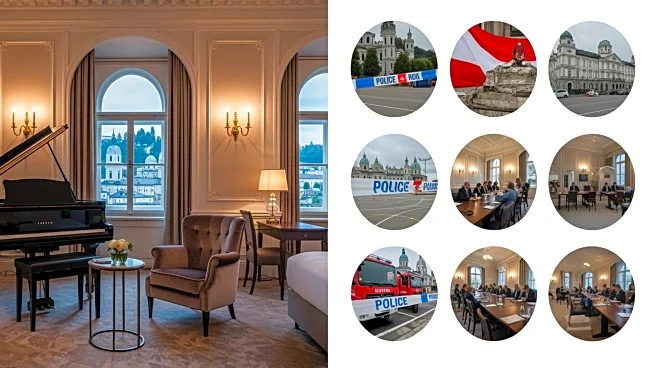What's Happening?
German police have dismantled a sophisticated art forgery ring that was attempting to sell counterfeit paintings attributed to renowned artists such as Pablo Picasso and Rembrandt. The operation, led by
Bavarian authorities, involved synchronized raids across Germany and Switzerland, resulting in the seizure of documents, mobile phones, and multiple suspected art forgeries. The alleged ringleader, a 77-year-old man from southwestern Germany, along with ten accomplices, faces charges of organized conspiracy to commit fraud. Among the seized items were counterfeit paintings purportedly by artists like Peter Paul Rubens, Anthony van Dyck, Joan Miro, Amedeo Modigliani, and Frida Kahlo, with asking prices ranging from 400,000 to 14 million euros. Investigations revealed that the group had offered for sale two supposed original Picassos and a forged copy of Rembrandt's 'De Staalmeesters,' which has been displayed in Amsterdam's Rijksmuseum since 1885.
Why It's Important?
The dismantling of this forgery ring highlights the ongoing challenges faced by the art world in authenticating and protecting valuable artworks. The potential financial impact is significant, as the group was asking millions for the counterfeit pieces, which could have defrauded collectors and institutions. This case underscores the importance of rigorous authentication processes and the need for vigilance in the art market to prevent fraud. The involvement of high-profile artists' names in the forgery scheme could have damaged the reputations of galleries and collectors had the fakes been sold. The operation also demonstrates international cooperation in tackling art crime, as authorities in Germany and Switzerland worked together to apprehend the suspects.
What's Next?
Authorities are continuing their investigation to determine if any of the counterfeit paintings were sold and to identify potential buyers who may have been defrauded. The legal proceedings against the suspects will likely involve detailed examinations of the seized artworks to establish their authenticity and the extent of the fraud. The case may prompt art institutions and collectors to review their authentication processes and invest in more advanced technologies to detect forgeries. Additionally, the art market may see increased scrutiny and regulation to prevent similar incidents in the future.
Beyond the Headlines
This case raises ethical questions about the responsibility of art dealers and collectors in verifying the authenticity of artworks before purchase. It also highlights the cultural impact of art forgery, as counterfeit pieces can distort historical narratives and the legacy of artists. The incident may lead to discussions on the need for more transparent provenance records and the role of technology in safeguarding the integrity of the art world.
